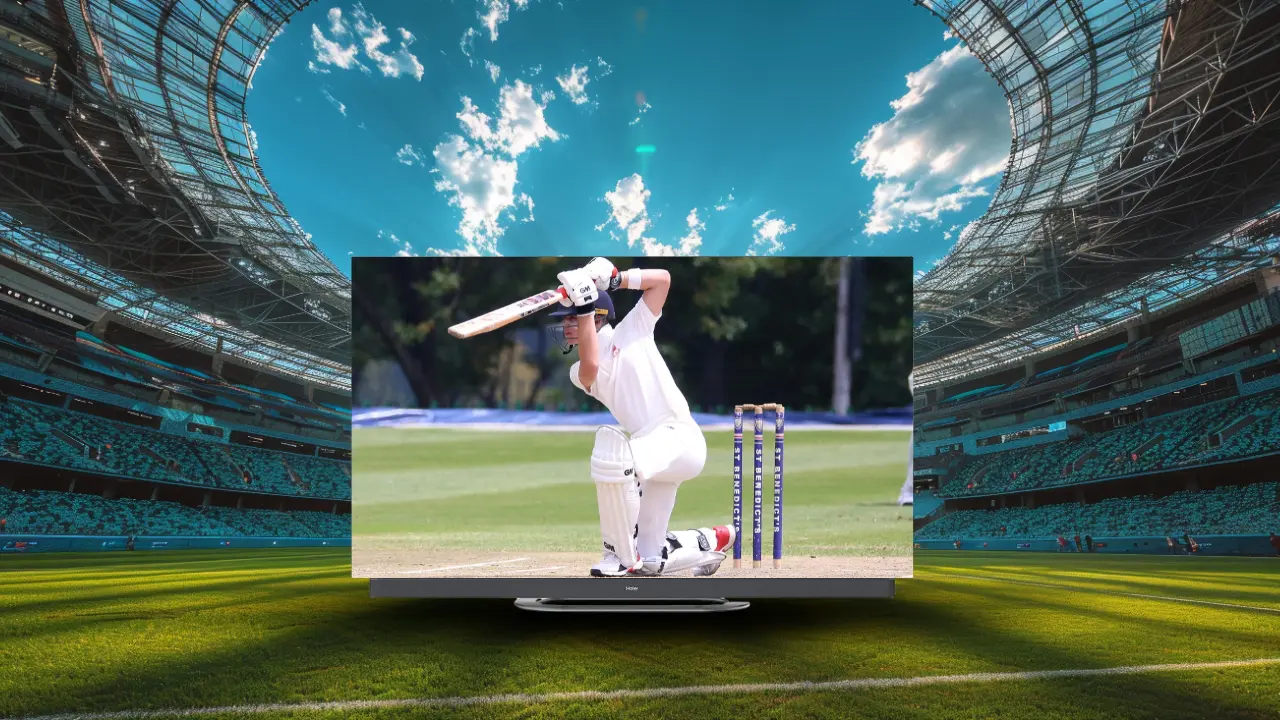There used to be a rhythm to Test cricket.
First session, watchful. Second, gritty. Third, strategic.
But now? It’s five wickets before lunch. Reverse sweeps before drinks. And bouncers so fast you’re left checking the replay for confirmation.
Test cricket has entered the highlight era.
And your TV? It better be quick enough to keep up.
What changed? Not the rules. The rhythm
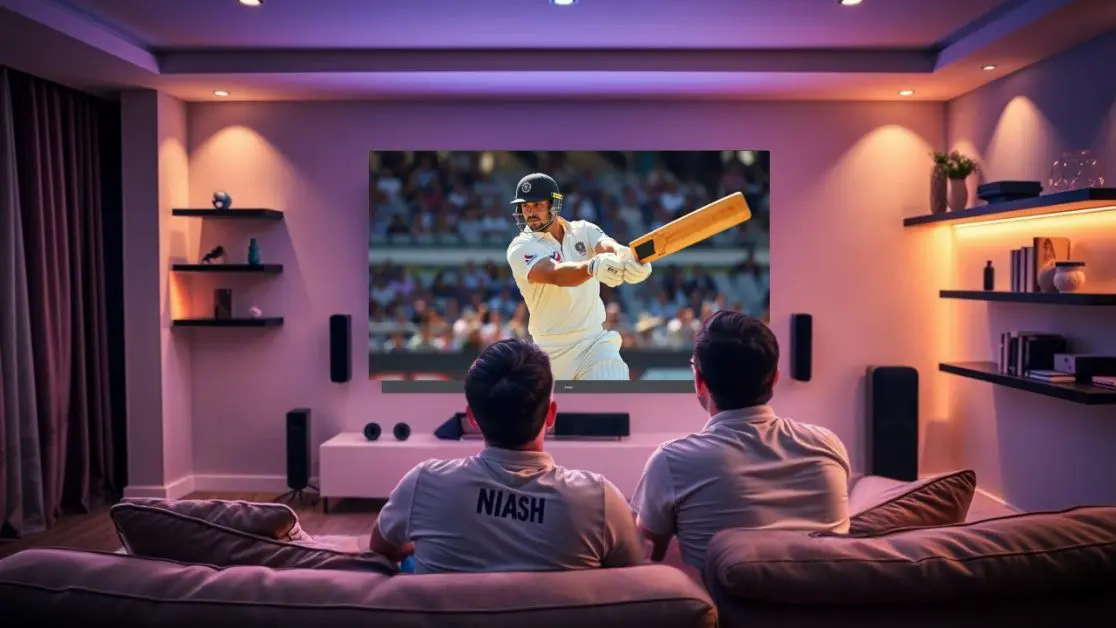
We’re watching Tests, but they feel like T20s.
Why?
Because the way players approach the game has changed. There’s more intent. More movement. More moments in every over.
Shamar Joseph doesn’t wait to “settle in.” He arrives like a missile. Travis Head treats day one like a chase. The slips barely blink before the ball whizzes past them.
And if your TV isn’t built to track speed, you’re not watching cricket. You’re watching ghosts of what just happened.
Motion blur is the new missed catch
Let’s break this down.
When a bowler hits 145 km/h, your screen needs to refresh fast enough to show every frame. If it doesn’t? You get blur. Smear. Stutter. The kind that turns an edge to slip into a smudge of pixels.
120Hz isn’t a luxury anymore. It’s a necessity.
Because a higher refresh rate means smoother visuals. Less tearing. More clarity. Whether it’s a flick off the pads or a diving catch, 120Hz ensures you actually see it.
It’s not just motion clarity. It’s moment clarity.
Cricket has a new pace. Your display should too
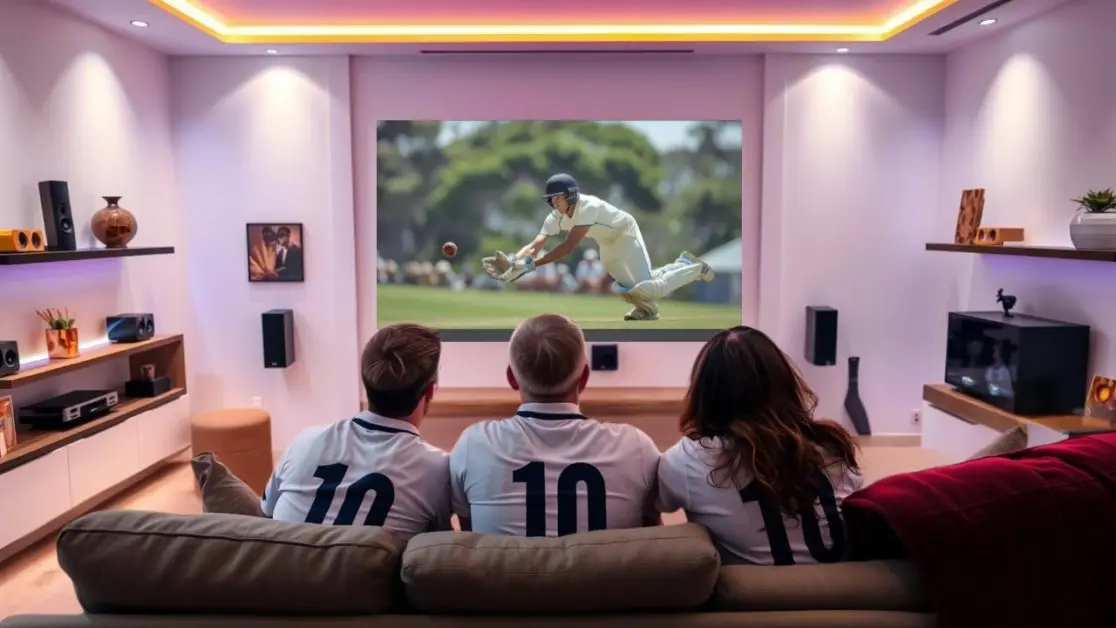
Let’s be honest. Most of us aren’t watching it live.
We’re catching up.
Reels. Short clips. Quick montages on TV. And when you’re watching Test cricket the way you scroll Instagram, clip by clip, blink by blink, you need a screen that doesn’t drop frames.
A 60Hz TV was made for yesterday’s cricket.
120Hz is made for cricket that doesn’t wait.
Your eyes already know the difference, even if you don’t
Ever watched cricket on someone else’s TV and thought: Why does this look better than mine?
That’s not your imagination. That’s the refresh rate in action.
Faster panels mean your eyes aren’t working overtime to keep up. You see everything effortlessly. Seam movement. Edge deflections. The slight shake of a head just before a DRS call.
Your brain doesn’t miss what your screen doesn’t hide.
The speed of action isn’t the only problem. The lighting is
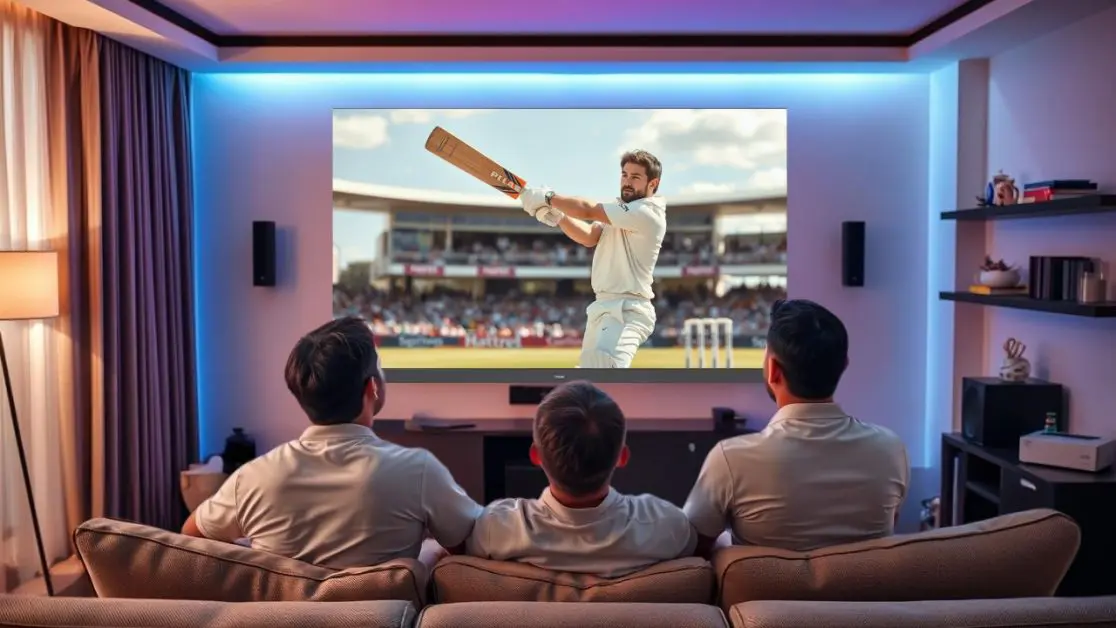
Afternoon shadows. Swing under lights. Pink-ball haze.
Modern cricket isn’t always played in clean, bright sunshine. And neither is it watched that way.
Tier 1 and tier 2 homes across India have varying lighting, ceiling fans that cause flicker, curtains half drawn, fluorescent tubes casting glare. The wrong TV panel turns these into visual noise.
Good OLED + 120Hz = clarity, no matter the conditions.
So what exactly should you look for in a cricket-ready screen?
Let’s not make this abstract. Here’s what matters when watching fast, modern Test cricket:
- 120Hz refresh rate: Makes fast deliveries and replays smoother. No lag between intent and execution.
- OLED panel: Each pixel lights up independently. That means perfect blacks, richer whites, and clarity when the ball’s flying off the pitch.
- Motion smoothing that doesn’t kill realism: Look for TVs that balance frame interpolation without making the game feel like a video game.
- Dolby Vision IQ or HDR10+: Automatically adjusts brightness based on room light. Late-evening matches? Still crisp.
- Front-firing speakers with clear directional sound: Hear the edge, the stump mic banter, and the roar of the crowd, without distortion.
But here’s the bigger insight: Your TV is now your stadium.
We don’t always get to watch cricket at Eden or Wankhede.
Sometimes it’s a living room with a ceiling fan and leftovers. Sometimes it’s a Tier-2 flat with power-saving bulbs and a shared balcony.
And yet, the action on screen has never moved faster. Looked sharper. Sounded louder.
So why settle for a screen that plays catch-up?
Your matchday deserves more than just a big screen. It deserves a fast one.
The hidden cost of a slow TV? Missed moments.
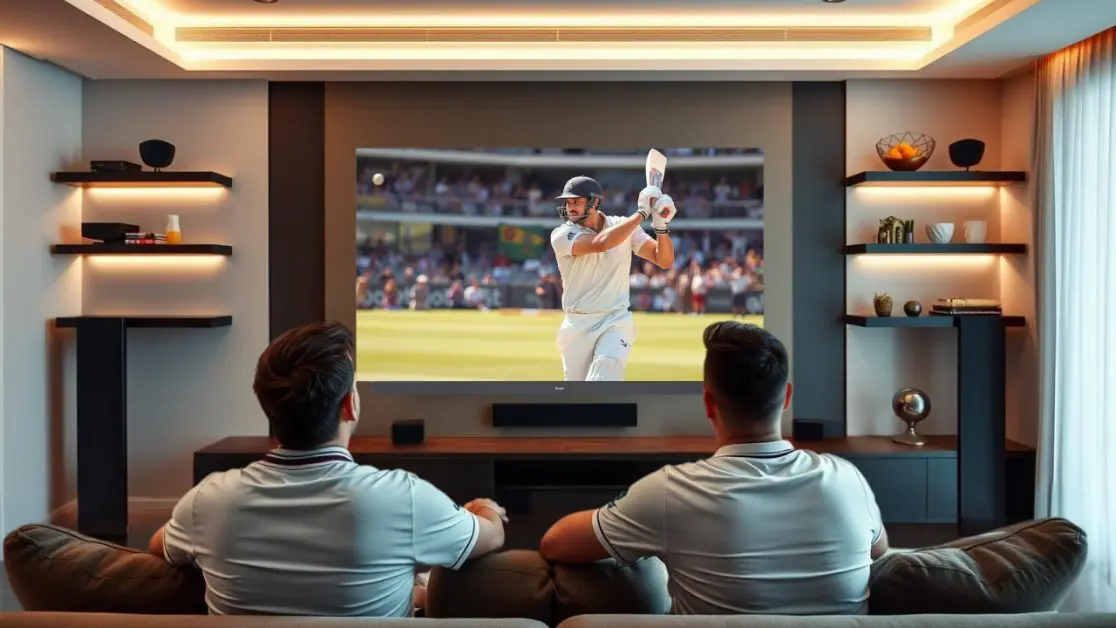
You won’t even notice it. That’s the problem.
- A catch that looked “easy” because you missed the stutter-step
- A ball that “seemed slow” because the frame rate lagged
- A crowd reaction that felt muted because the audio wasn’t timed
Every one of these is a small tax on your cricket experience.
You deserve the full match. Not just the fragments your TV can keep up with.
So if you’re upgrading your setup before the next big series
Start with speed.
Haier’s 144Hz OLED TV doesn’t just meet the need. It anticipates it. With:
- OLED panel for deep blacks and lifelike colours
- 144Hz refresh rate for ultra-smooth action scenes (and not just cricket)
- Dolby Vision IQ + HDR10+ to adjust in real-time to your lighting
- Harman Kardon 50W speakers that bring the stadium home
- Hands-free voice control so you never miss a delivery
- Google TV OS for personalised match recaps and analysis
It’s everything you need when your Test match looks like a T20, and your screen needs to play faster than ever.
Final over – This isn’t about specs. It’s about experience.
Tech specs don’t win matches.
Timing does.
Same goes for TV. The right timing between ball and screen. Between voice command and action. Between power on and picture perfect.
And timing, ironically enough, is what 120Hz gives you.
When cricket speeds up, your screen should too.
Because if your Test match feels like a T20, it’s time your TV played at that level.

